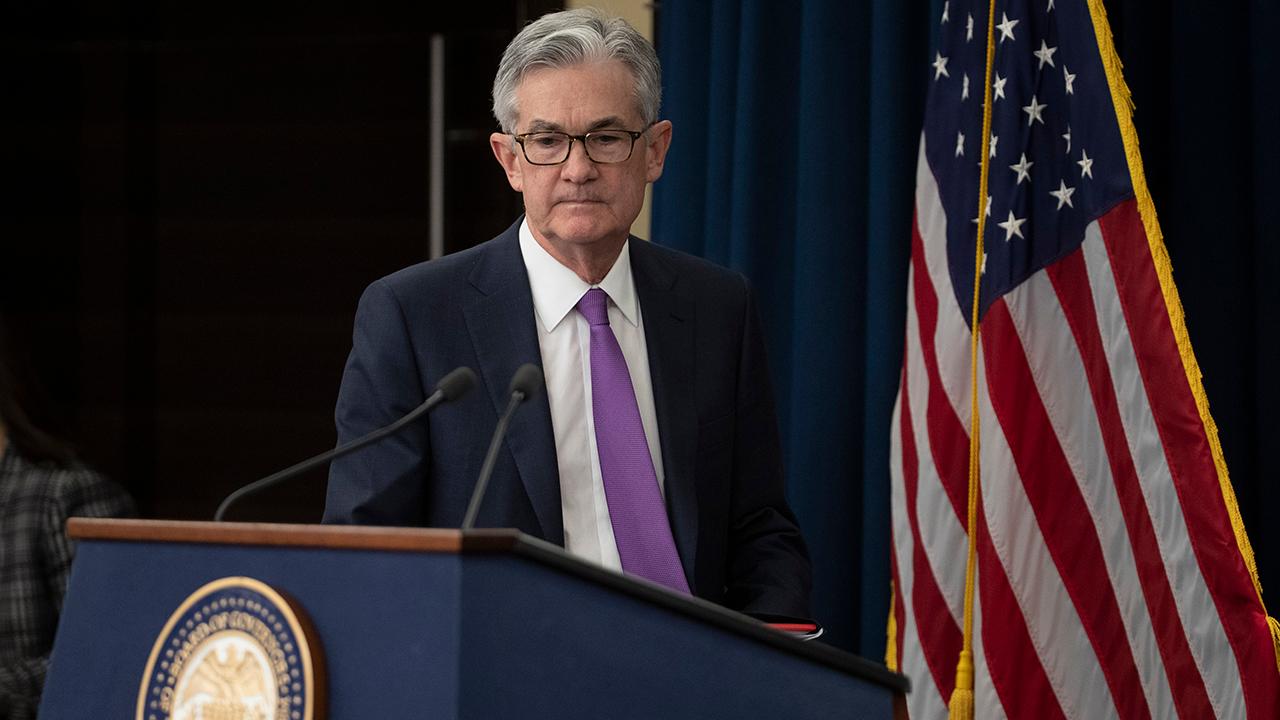Fed's Powell patient for now, but more hikes in store?
Federal Reserve Chairman Jerome Powell heads to Capitol Hill Tuesday in the first of his two-day semi-annual testimony to both houses of Congress on the central bank’s monetary policy. In its semi-annual monetary policy report to Congress, the Fed reiterated it will remain patient in determining further adjustments to interest rates given uncertainty about the economic outlook. His testimony comes as his Former Fed Chair Janet Yellen slamed President Trump for not understanding how the Fed works.
In recent months, Trump bashed the central bank for hiking rates and now policymakers say they are assessing the outlook for muted inflation, slowing global growth and tighter financial conditions and the impact on the U.S. economy before deciding on future rate hikes. Officials are carefully watching data like consumer sentiment, inflation, global growth and volatility in markets to assess the economic outlook.
But while officials have pledged to remain patient, the monetary policy report indicates the current rate hiking cycle may not be complete. The Fed still expects “some further gradual hikes over the longer term” though the path for rate hikes has come down, according to the report. Any increases in the benchmark interest rate over the next few years would be gradual. Most officials expect interest rates at the end of 2020 and 2021 will be a bit higher than their long-term estimate for the benchmark interest rate of 2.8 percent.
With the odds for a trade deal with China rising, that could spur stronger global growth later this year and a rally in global markets.
Still, several officials have nudged down their growth outlook for this year amid slower global growth and volatility in the markets that’s led to tighter credit conditions. Though, the Fed says credit financing conditions for consumers largely remain supportive of spending. In the report, officials also saw trade tensions and foreign economic developments, like Brexit, as downside risks to growth. They said tariffs could also risk higher inflation.
Speaking to FOX Business Friday, St Louis Federal Reserve President James Bullard says uncertainty around trade with China has slowed down other economies around the world. He says the global slowdown could seep into the US economy because we are not on an "island", but he says it's not affecting us now. Bullard, a dove, says he thinks the Federal Reserve overshot by raising rates in December. He is not advocating a rate cut, but says he wants to see rates stay where they are for the year barring any unforeseen circumstances.
Tuesday, Powell could be asked about the idea of the Fed targeting inflation at an average level of 2 percent versus an explicit target of 2 percent, which the Fed set in 2012. That is, if the Fed achieved 2 percent inflation during economic expansions, but inflation at a lower level during recessions it could make up the lower inflation by letting it run above 2 percent during good times. The result, over time inflation averages 2 percent even though it varies during booms and busts. But Peter Boockvar, chief investment strategist for Bleakley Advisory Group, warns letting inflation run hot could risk tipping the economy into recession. “If the Fed is successful in generating higher inflation from here, on the order of 2.5-3 percent in order to 'even out' the years of below 2 percent, the US economy would head right into a recession as the US consumer would choke on lower real wages and a higher cost of living,” says Boockvar. “Market interest rates would go straight up, damaging our credit dependent economy.”
Another big topic investors are focused on: When the Fed stops letting bonds roll off its portfolio. The Fed expects the size of its balance sheet to remain appreciably larger than pre-financial crisis. Longer term, the Fed says the size of its balance sheet will be dictated by demand for currency and banks’ demand for reserves—or funds banks keep on deposit at the Fed to use for operations. Demand for those funds has risen because banks use them to meet post regulatory capital requirements.
CLICK HERE TO GET THE FOX BUSINESS APP
Most Fed officials have indicated the Fed should stop shrinking its balance sheet later this year. Speaking at a conference in New York Friday, Fed Vice Chair for Supervision, Randy Quarles, said once the Fed is done shrinking the balance sheet it will keep it at a fixed level for a period of time. The Fed’s balance sheet has declined by about $260 billion since the middle of last year and is currently sitting around $4 trillion. The Fed is letting bond holdings roll off at a rate of $50 billion per month. Investors will look to see whether Powell during his testimony talks about tapering the amount that’s allowed to roll off each month as it stops shrinking its portfolio.
In the report, the Fed also says the U.S. financial system remains substantially more resilient than in the decade leading up to the financial crisis. Borrowing by households has risen roughly in line with household incomes and is concentrated among borrowers with good credit.
